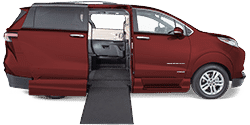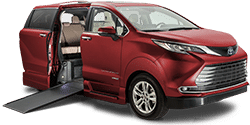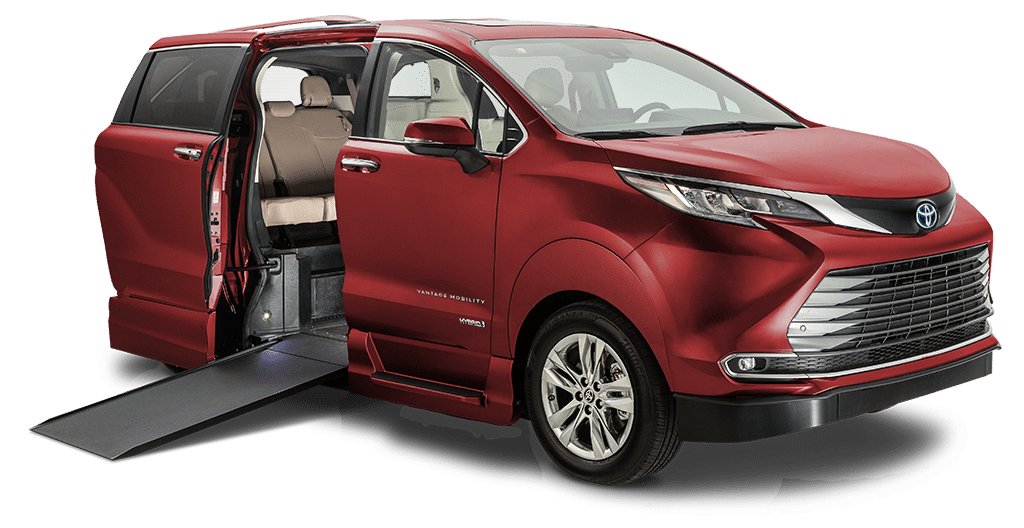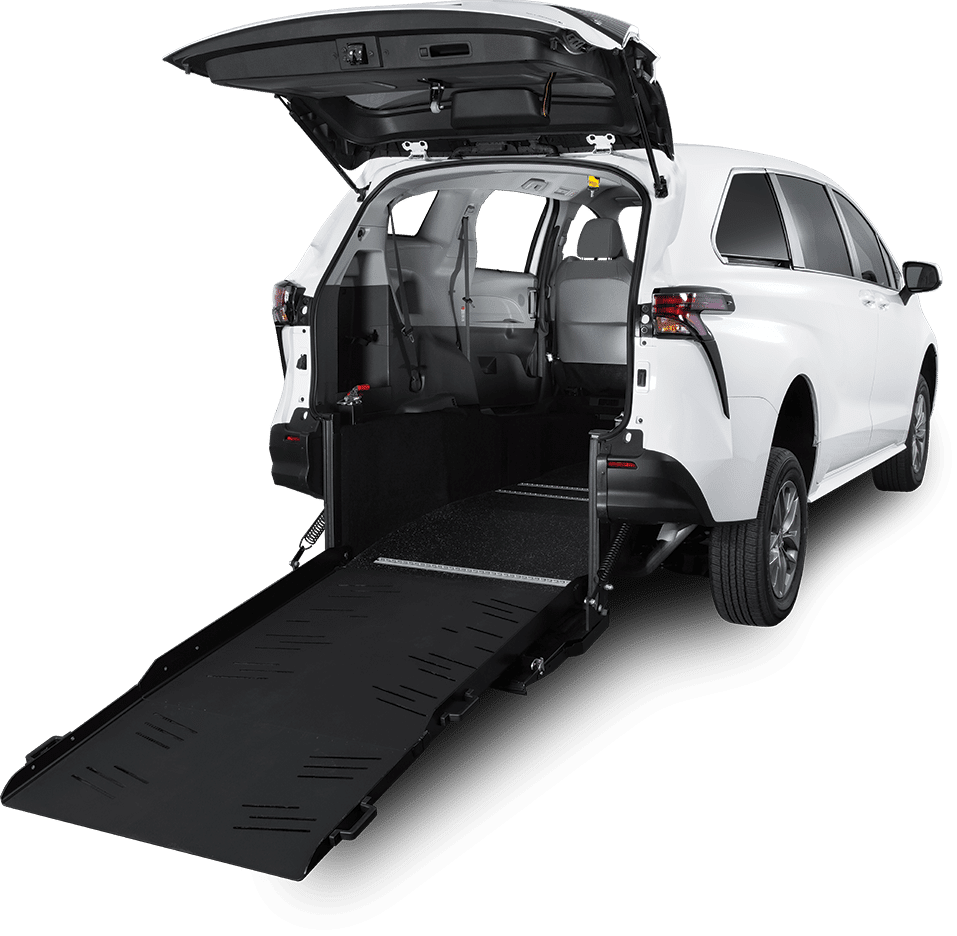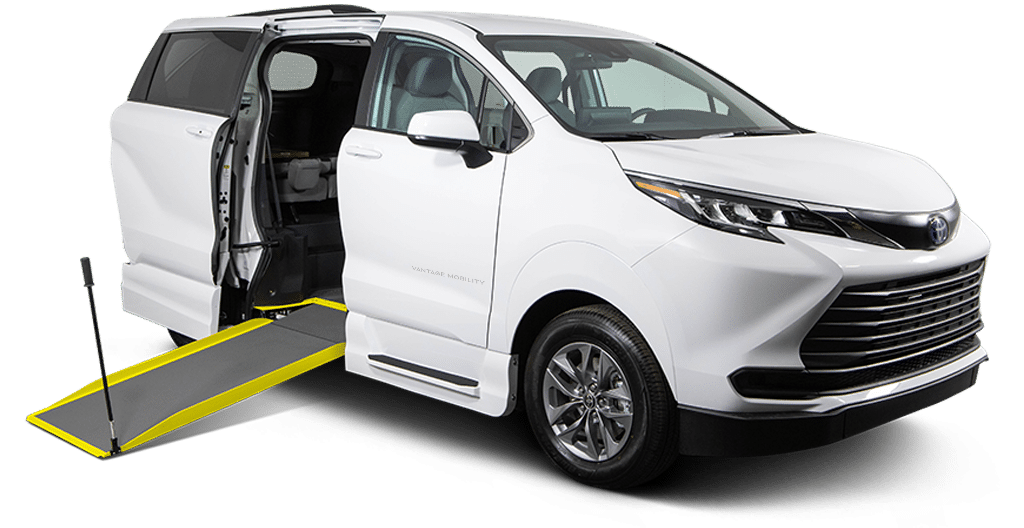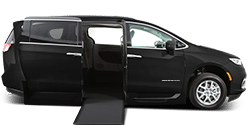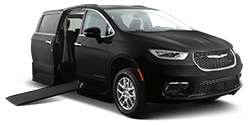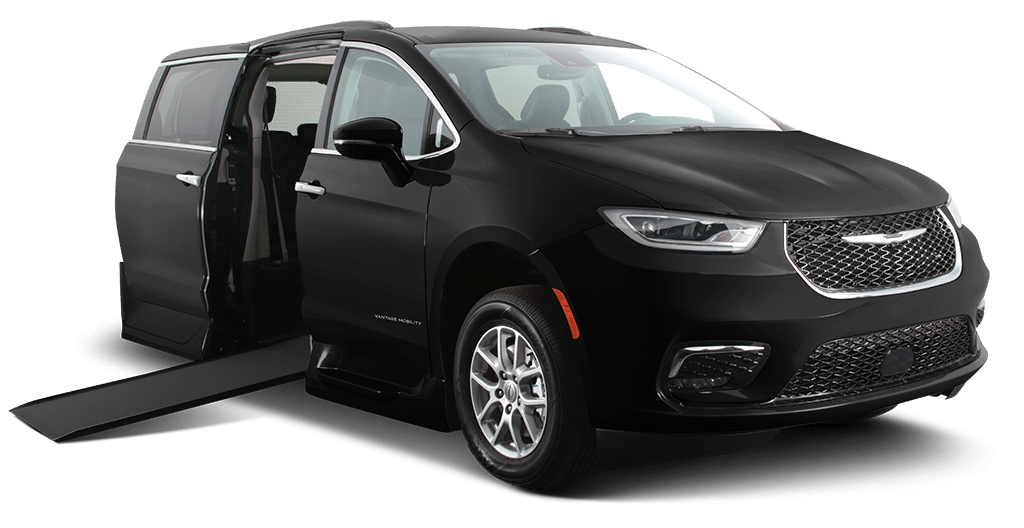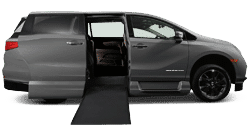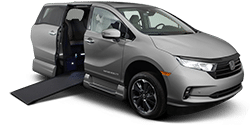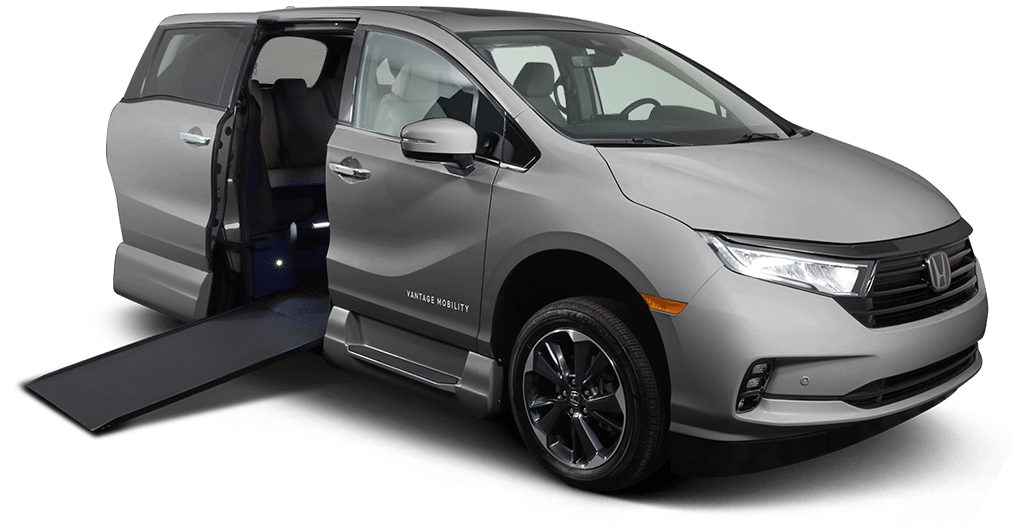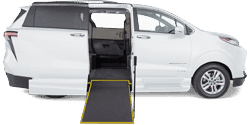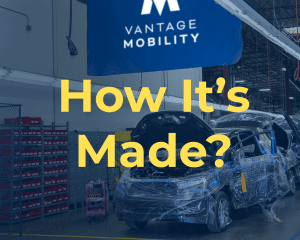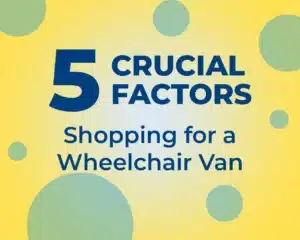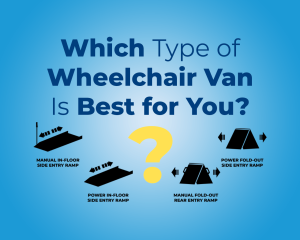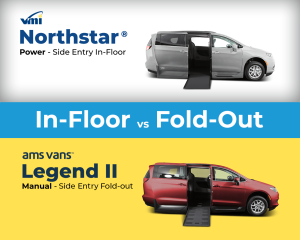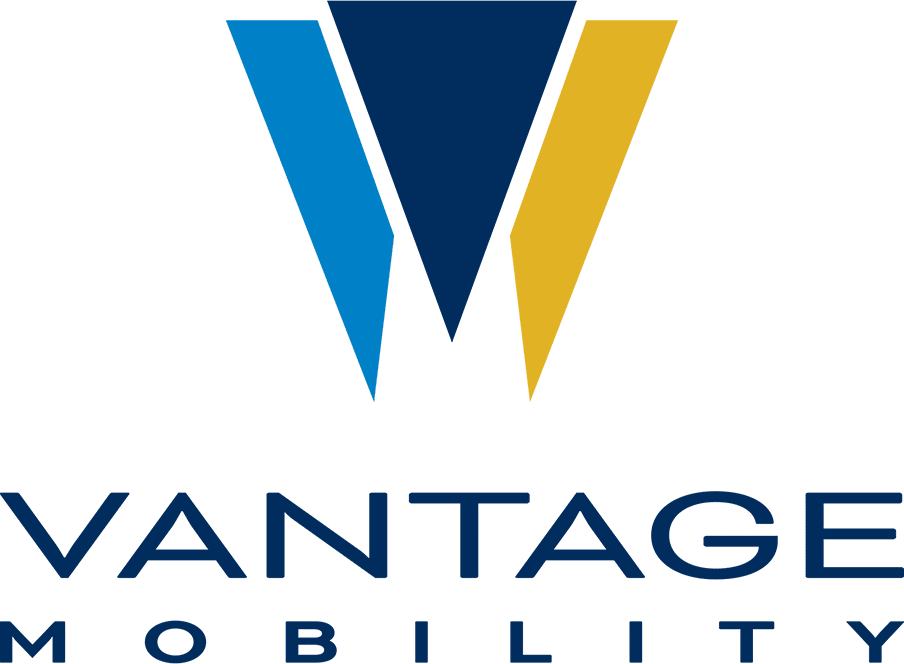As we have all learned in dealing with the VA, patience is key. This can be especially true when applying for and navigating the process of purchasing a wheelchair accessible van. In the beginning the task can seem daunting, but with the right help and a bit of understanding it is very doable.
The first step for a service-connected veteran is to apply for your Auto-Adaptive Grant, or 21-4502. This is a simple form that can be obtained at your local prosthetics department or through a National Service Officer of a veteran’s organization, such as the PVA. This is the most time consuming part of the process; waiting for the grant to be approved. If you are not service-connected you can still be eligible for a van for safe transportation. The form for this is the 10-1394. Your doctor will need to write prescriptions for your individual needs in both cases. Once approval is granted in both situations you will be able to start actively working with your local mobility dealer to get you in the right van for you.
Having a knowledgeable mobility dealer is key to making things run smoothly at this point. In my case Arizona Mobility Products assisted me in getting the specialized driving adaptations that I needed. There is a lot of paperwork exchanged at this point between the dealer and the VA Prosthetics Department, which was handled skillfully by AMP. Your dealer usually has a good working relationship with the VA and will be able to do the same for you.
A quick word of advice about working with your Prosthetics Department, don’t be a stranger. It doesn’t hurt for them to have a face to go along with the name on all the forms. An occasional visit to say thanks for all they do is always appreciated and honestly well deserved. Although time consuming and occasionally frustrating the process and waiting is well worth the price when you get your freedom back and are cruising the streets in your new VMI accessible van. That freedom is invaluable, speaking from personal experience.

